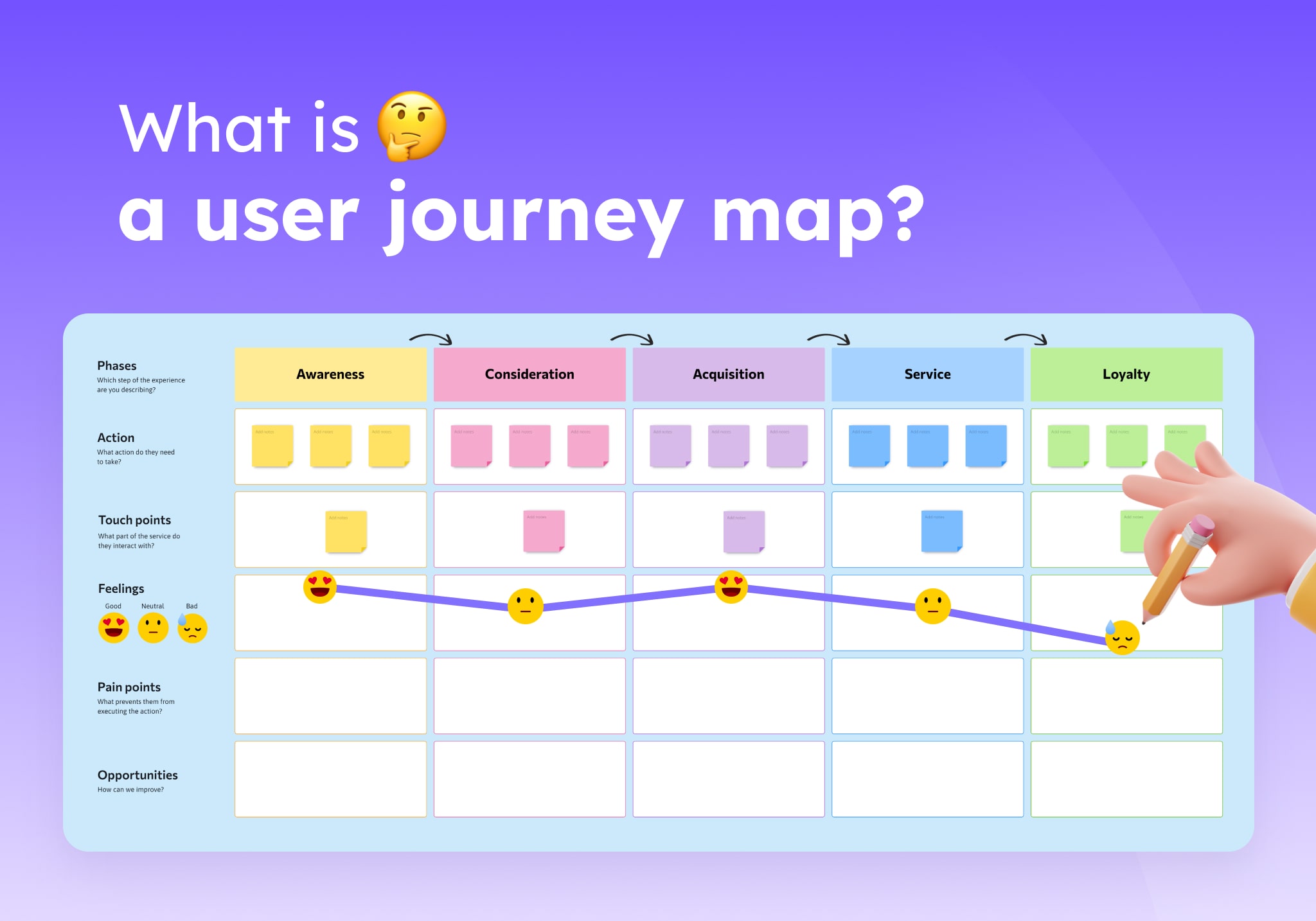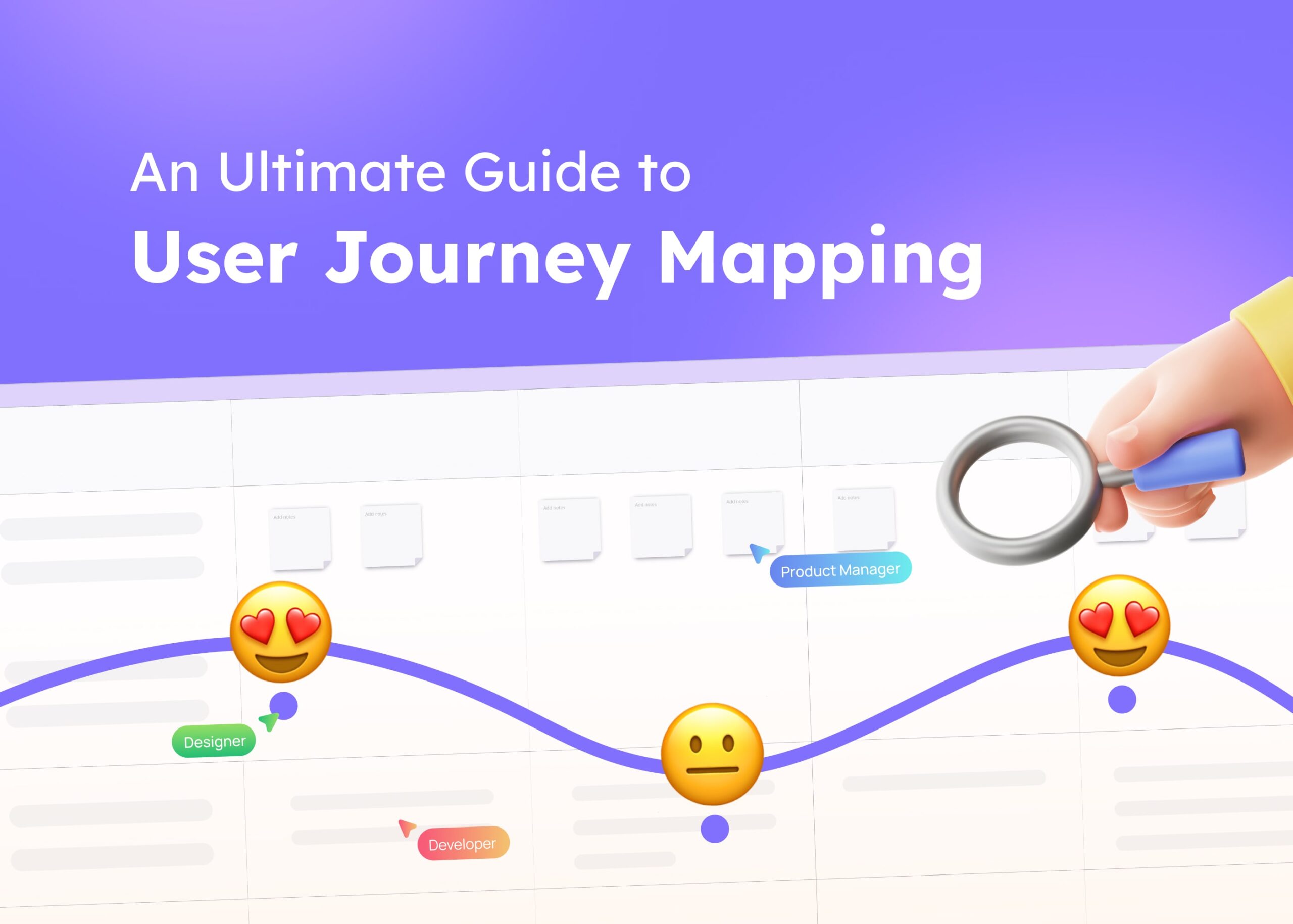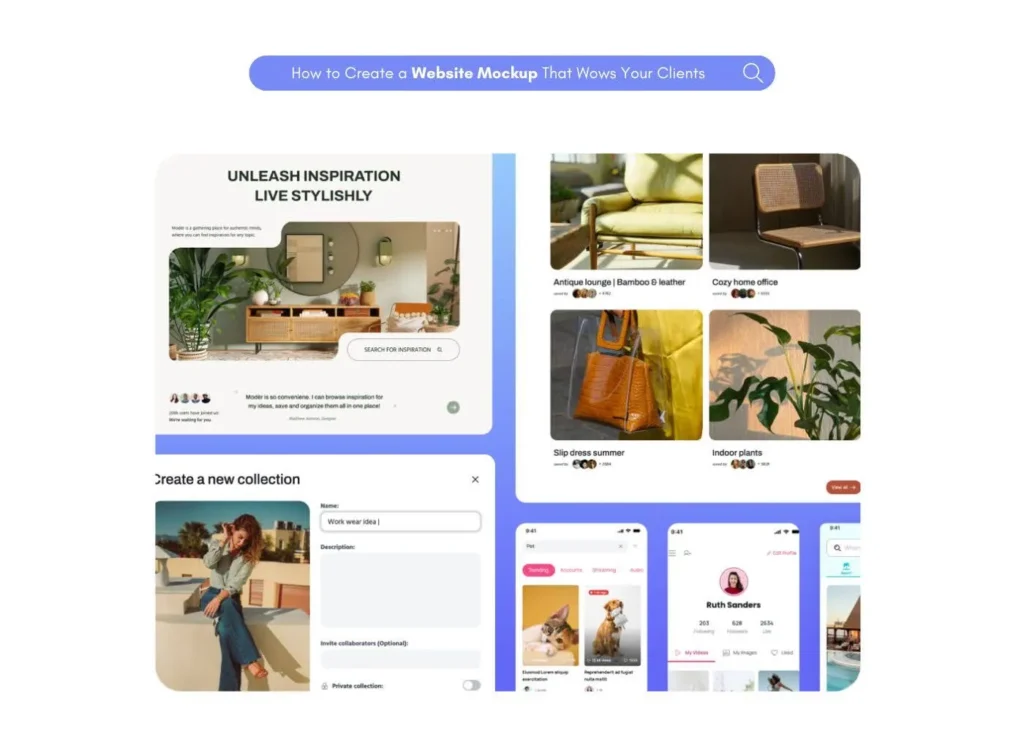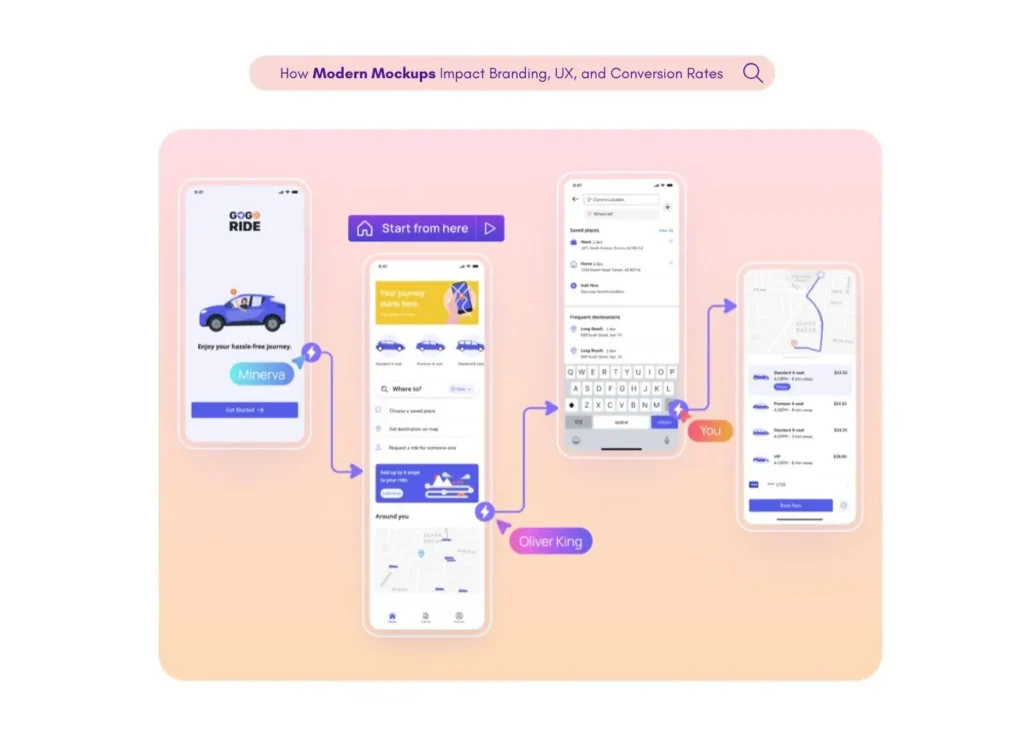User journey mapping is a powerful tool that helps businesses understand and improve the customer experience. By visually representing the customer journey, companies can identify key interactions, or touchpoints, where customers engage with their brand. This process involves detailed user research to gather insights into customer behavior, preferences, and challenges.
Customer journey mapping aims to pinpoint pain points—areas where customers may encounter frustration or obstacles. By recognizing these pain points, businesses can work to enhance customer journeys, making them smoother and more enjoyable. This, in turn, can lead to increased customer satisfaction and loyalty.
In this guide, we will delve into the essentials of customer journey mapping. Let’s get started!
What is a user journey map?

A user journey map is a visual representation of a customer’s experience as they interact with a product, brand, or service. It’s like a roadmap that shows the path of a customer’s experience with a brand, highlighting key touchpoints where they engage with the company’s services or products. These maps are not just simple charts; they are detailed and customer-focused, often created using customer journey map templates to ensure all relevant aspects are included.
The process of creating a customer journey map starts with user research and customer interviews. This helps to understand the different stages and journey phases that customers go through. By mapping out these stages, businesses can identify customer pain points and areas where customers might feel frustrated or have a negative experience. Service blueprint maps can also be integrated into the journey map to provide an even deeper understanding of the service teams’ roles in the customer journey.
User personas, which represent the different types of customers, are used to tailor the map to specific customer needs and expectations. This ensures that the journey map is relevant to the actual users. UX journey mapping, a subset of customer journey mapping, focuses on digital interactions and user behavior online.
Businesses can make informed decisions to improve customer retention, loyalty, and overall success by analyzing the customer’s journey. Whether it’s a physical store or an online platform, a well-crafted customer journey map is a strategic asset in enhancing the customer base’s experience.
Why Create User Journey Maps?
Now, let’s explore the reasons why creating user journey maps is a beneficial practice for businesses aiming to understand and serve their customers better.
Understanding the Digital Customer Experience
In the digital world, a customer journey map provides a clear picture of how customers interact with a product or service online. It lays out the sequence of digital touchpoints and actions that customers take as they aim to fulfill a need or complete a task. Creating user journey maps allows businesses to step into their customers’ shoes and see their products from the user’s perspective, leading to a more empathetic approach to design and service.
Identifying Pain Points and Opportunities
One of the main reasons to create a customer journey map is to identify pain points within the digital experience. These are moments where a user might feel confused, frustrated, or dissatisfied. By pinpointing these areas, a business can focus on making improvements that will have the most significant impact on customer satisfaction and loyalty. Additionally, journey mapping can reveal opportunities to enhance the user experience or introduce new features that meet customer needs.
Improving Customer Success and Retention
A well-designed user journey map helps businesses understand and streamline the journey stages, leading to improved customer success. When users can navigate a digital product with ease and achieve their goals without unnecessary friction, they are more likely to continue using the product and recommend it to others. This can increase customer retention and turn users into advocates for the brand.
Tailoring Experiences with Customer Personas
Customer personas are characters that represent different segments of a business’s customer base. By using personas in journey mapping, companies can create multiple journey maps that cater to the unique needs and expectations of various user groups. This tailored approach ensures that the digital product resonates with a broader audience and meets the diverse requirements of prospective customers.
Planning for the Future with Service Blueprints
Service blueprints are detailed plans that outline the processes and systems needed to deliver a digital product or service. When combined with user journey maps, they provide a comprehensive view of both the customer’s experience and the internal operations that support it. This dual perspective is crucial for planning future enhancements and ensuring that the team has the resources and internal ownership necessary to implement changes effectively.
Collaborating and Communicating Across Teams
Journey mapping is a collaborative initiative that brings together team members from different departments. By visualizing the user’s journey, everyone from designers to service teams can understand their role in shaping the customer experience. This shared understanding fosters better communication and collaboration, leading to a more cohesive and customer-focused approach to product development.
Creating user journey maps is a strategic step for any business with a digital product. It provides a deliberate and brief description of the user’s emotional state, actions, and interactions with the product. By using journey maps, businesses can ensure that their digital offerings are not only functional but also enjoyable, leading to a loyal customer base that continues to grow.
What are the Elements of a User Journey Map?
To effectively create a user journey map for a digital product, it’s essential to understand the core elements that make up this strategic tool. Each element plays a crucial role in providing a comprehensive view of the customer’s interaction with the product. Let’s explore these elements in detail.
Persona
A persona represents a segment of your user base. It’s a detailed character sketch of an ideal user, based on real data and user research. Personas help you understand who you are designing for and what their specific needs, goals, and behaviors are. When crafting a user journey map, start by selecting a persona to focus on, whether they are current users or a target audience you wish to attract. This will guide the entire mapping process, ensuring that the insights are relevant and actionable.
Scenario
The scenario outlines the specific interaction or experience you are mapping. It could be a real user interaction that has been observed or an anticipated one that you expect to occur in the future. Scenarios help to set the context for the journey map, defining what the user is trying to achieve and why. For a digital product, scenarios might include signing up for a service, making a purchase, or seeking customer support.
Stages of the Journey
The journey is broken down into high-level phases or stages, which represent the major steps the user goes through in the scenario. These stages might include discovery, consideration, decision, and post-purchase or retention. Each stage is a milestone in the user’s journey with your digital product, and understanding these can help you design a more intuitive and user-friendly experience.
User Actions
Within each stage, identify the specific actions that the user can take. This could be anything from clicking a button, filling out a form, or navigating through different pages of your website or app. By mapping out these actions, you can pinpoint where users might encounter difficulties or where the flow can be optimized for better efficiency.
User Emotions and Thoughts
As users interact with your digital product, they experience a range of emotions and thoughts. Mapping these out can provide valuable insights into the user’s emotional state at each stage of the journey. It helps to identify moments of frustration, confusion, or satisfaction, which can inform how you design the user interface and overall experience.
Opportunities
Opportunities are areas where you can improve the user experience (UX) of your product or create a more effective connection with your customer. By analyzing the journey map, you can uncover gaps in the user experience or features that could be added to meet user needs better. These opportunities are the key to innovating and staying ahead of the competition.
Internal Ownership
Finally, it’s important to assign internal ownership for each part of the journey. This means identifying which team or team member will be responsible for implementing changes and improvements based on the journey map. Having clear ownership ensures that insights from the journey mapping initiative are acted upon, leading to tangible improvements in the customer experience.
How to Create a User Journey Map with Visily
Creating a user journey map is a strategic step in understanding and improving the customer experience with your digital product. Visily is a tool that can help streamline this process. Here’s how you can use Visily to create your own user journey map:
- Sign up for Visily and create your project.
- Once you’re in your project, you can start designing from scratch using Visily’s blank canvas. This gives you the freedom to structure the user journey map exactly how you want it.
- If you prefer to work with a guide, Visily offers a library of templates. These templates are pre-designed maps that you can choose from, saving you time and providing inspiration for your map.
- Whether you’re starting with a blank canvas or a template, you can customize your map using Visily’s smart components and sticky notes. Visily allows you to add details, such as different stages of the journey, and user actions, in an organized and visually appealing way.
After your user journey map is complete, sharing it with team members or stakeholders is easy. Visily allows you to share your map directly from the platform, facilitating collaboration and feedback.
Conclusion
User journey mapping is a crucial step toward enhancing the digital customer experience. It allows businesses to visualize and understand the customer’s path, identify pain points, and uncover opportunities for improvement. By incorporating personas, scenarios, stages, actions, emotions, and internal ownership, journey maps become a blueprint for customer-focused innovation.
Visily is an excellent tool for creating user journey maps, offering a user-friendly platform with templates and smart components. Beyond journey mapping, Visily also supports wireframing and prototyping, making it a versatile choice for designing digital products. By using Visily, teams can collaborate effectively, ensuring that every member contributes to a seamless user experience.
For businesses looking to improve their digital offerings, Visily is the right place to start. Try Visily today, and take the first step in crafting a digital experience that delights your customers and sets your brand apart.













